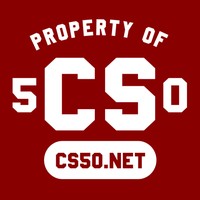Die meeste ekosisteme soos app winkels is oop of saamgestel. Maar hoekom kan ons nie beide? Wel, ons kan — al wat jy nodig het, is drie werkwoorde: publiseer, vind, en soos. Dit gaan vir tegnologie en enigiets anders.
Gewoonlik is daar twee opsies wanneer jy wil 'n app om te publiseer: publiseer dit na iets soos die IOS App Store (waar mense sal jou app vind, maar Apple resensente kan jou voorlegging ontken) of net sit dit op jou webwerf (waar dit is maklik om te publiseer, maar daar is geen waarborg iemand sal dit sien.) Not the greatest set of options.
Isn’t there a way to combine the strengths of both of these to make for the best possible experience for both publishers and consumers? I think there is. It’s called an open and curated ecosystem. Let’s take a look at:
- What open en curated ecosystems are
- Examples of open and curated ecosystems
- What you need to make an open and curated ecosystem
- Examples of these ecosystems beyond just technology
and see if we can discover something about the power of crowdsourcing, innovation, and the three verbs publiseer, vind, en soos.
Curated vs. open ecosystems
The iOS App Store and open internet, among others, are app ecosystems — places where apps can be published and found. And I think the big factors that differentiate one ecosystem from another are whether the ecosystem is open, where anyone can publish apps and whether it is curated, where the best apps rise to the top and users are assured quality apps. That’s the major difference between the iOS store and the internet at large, which I mentioned earlier.
Let’s look at examples of curated and open ecosystems and what differentiates them.









